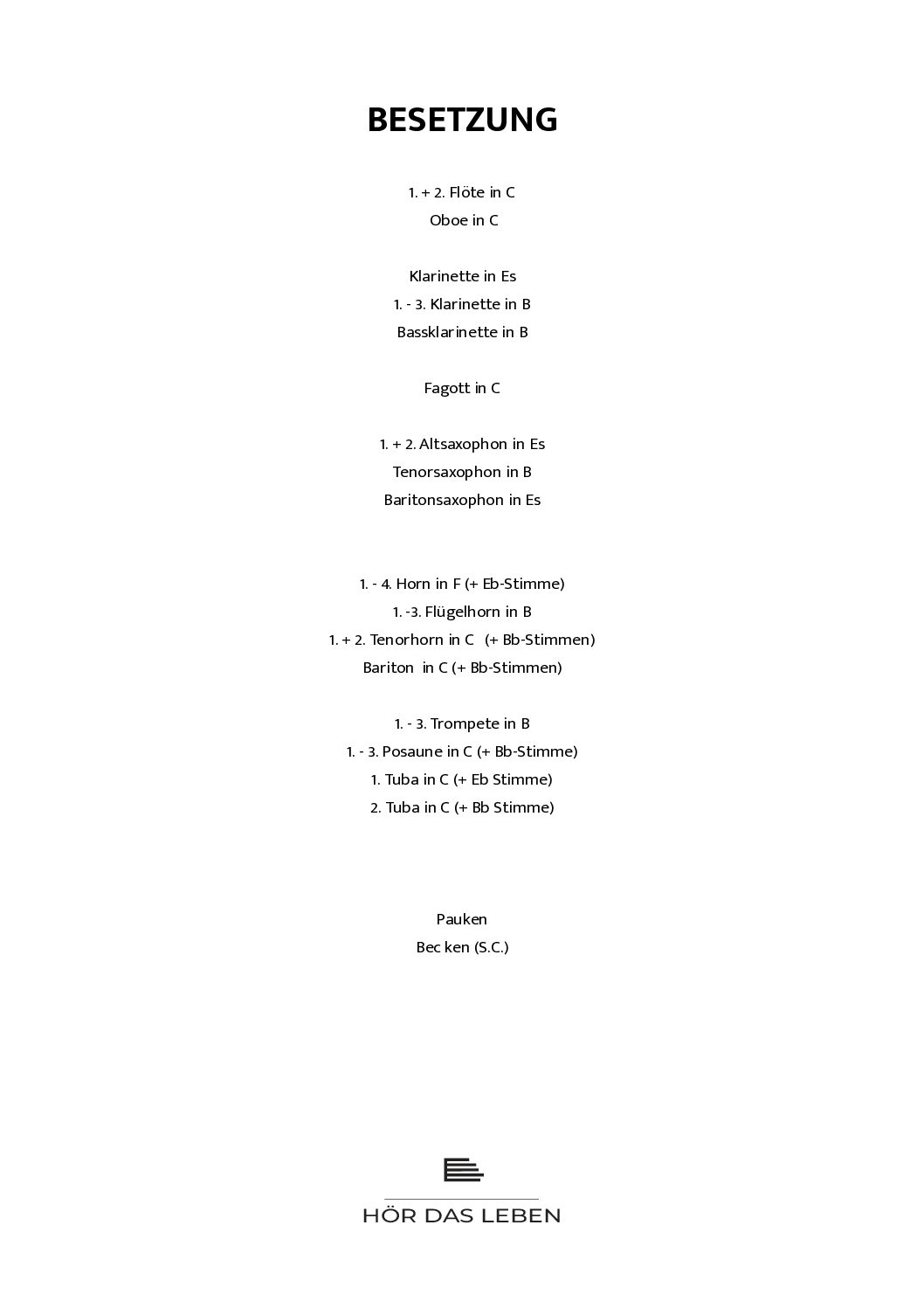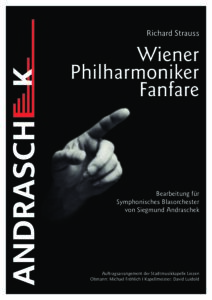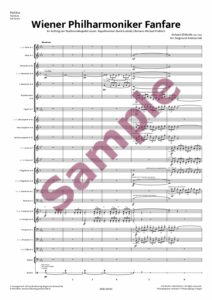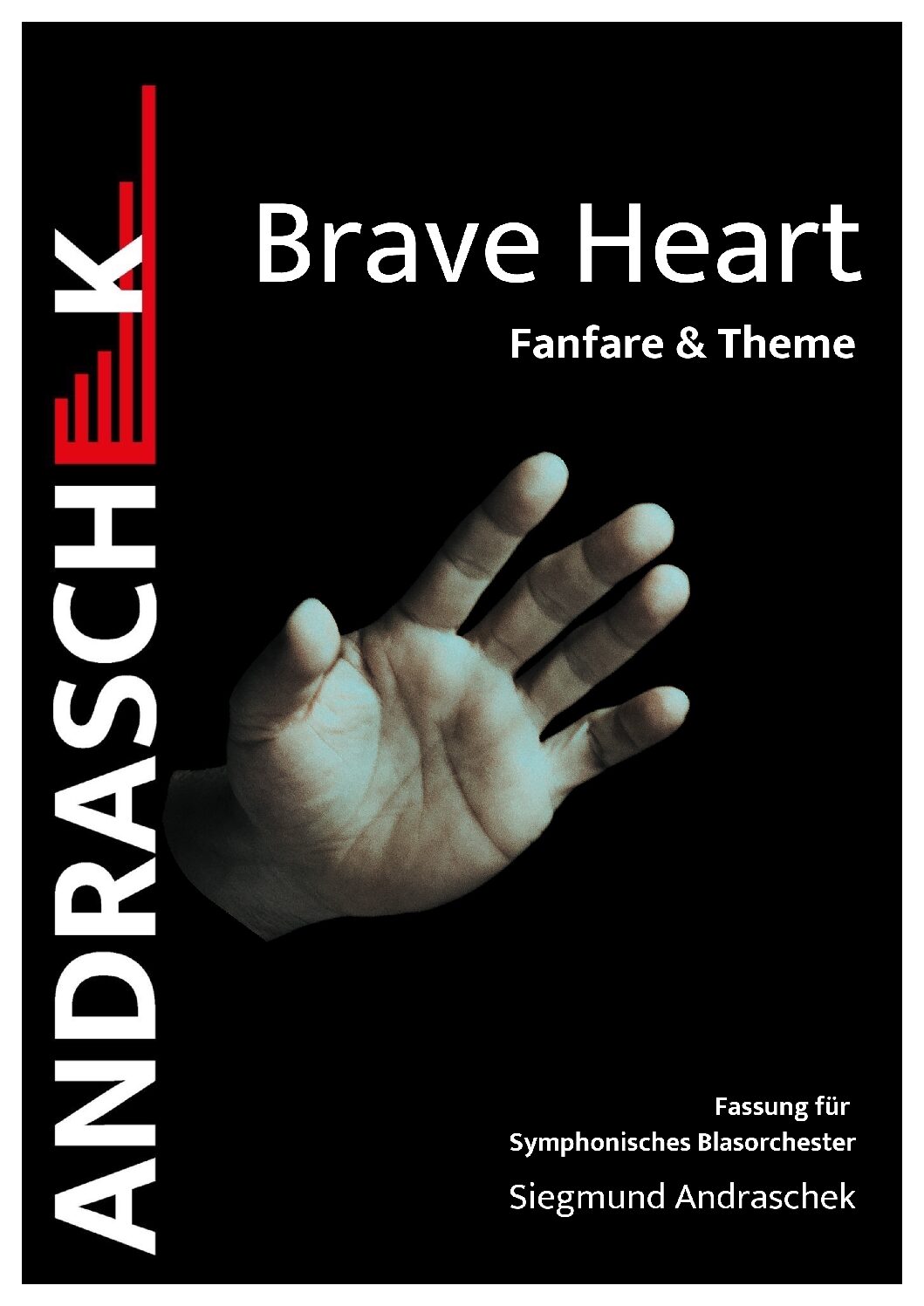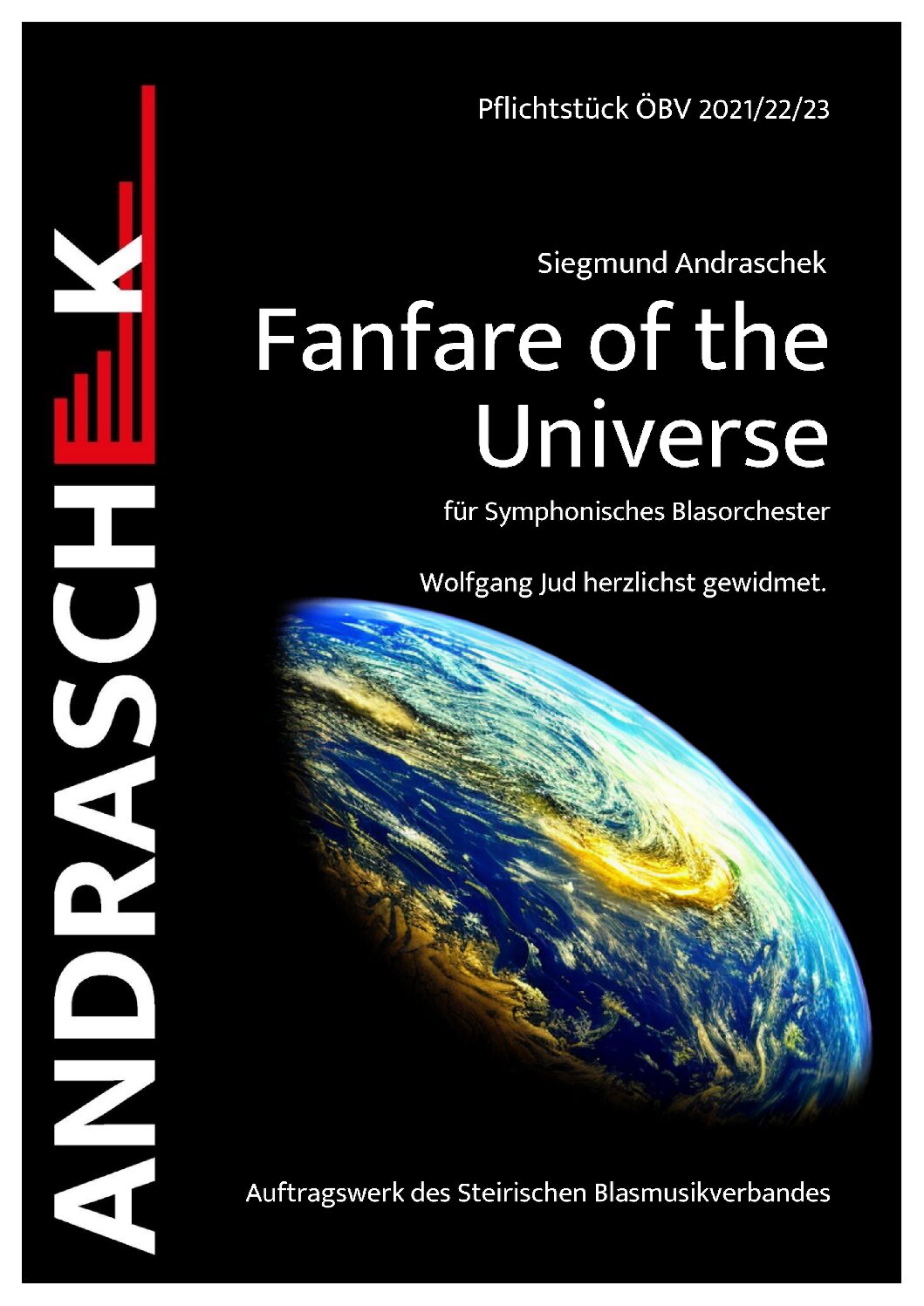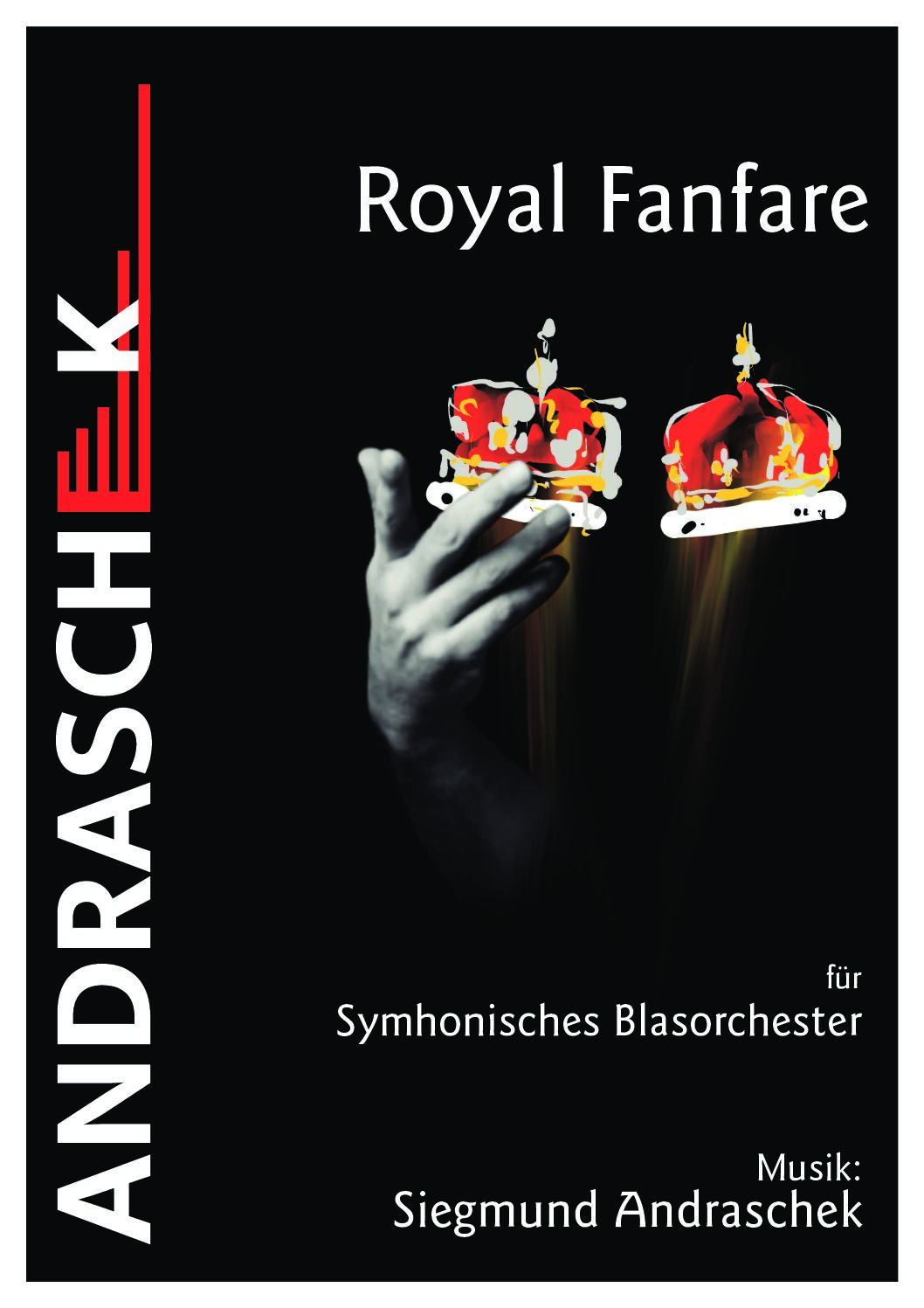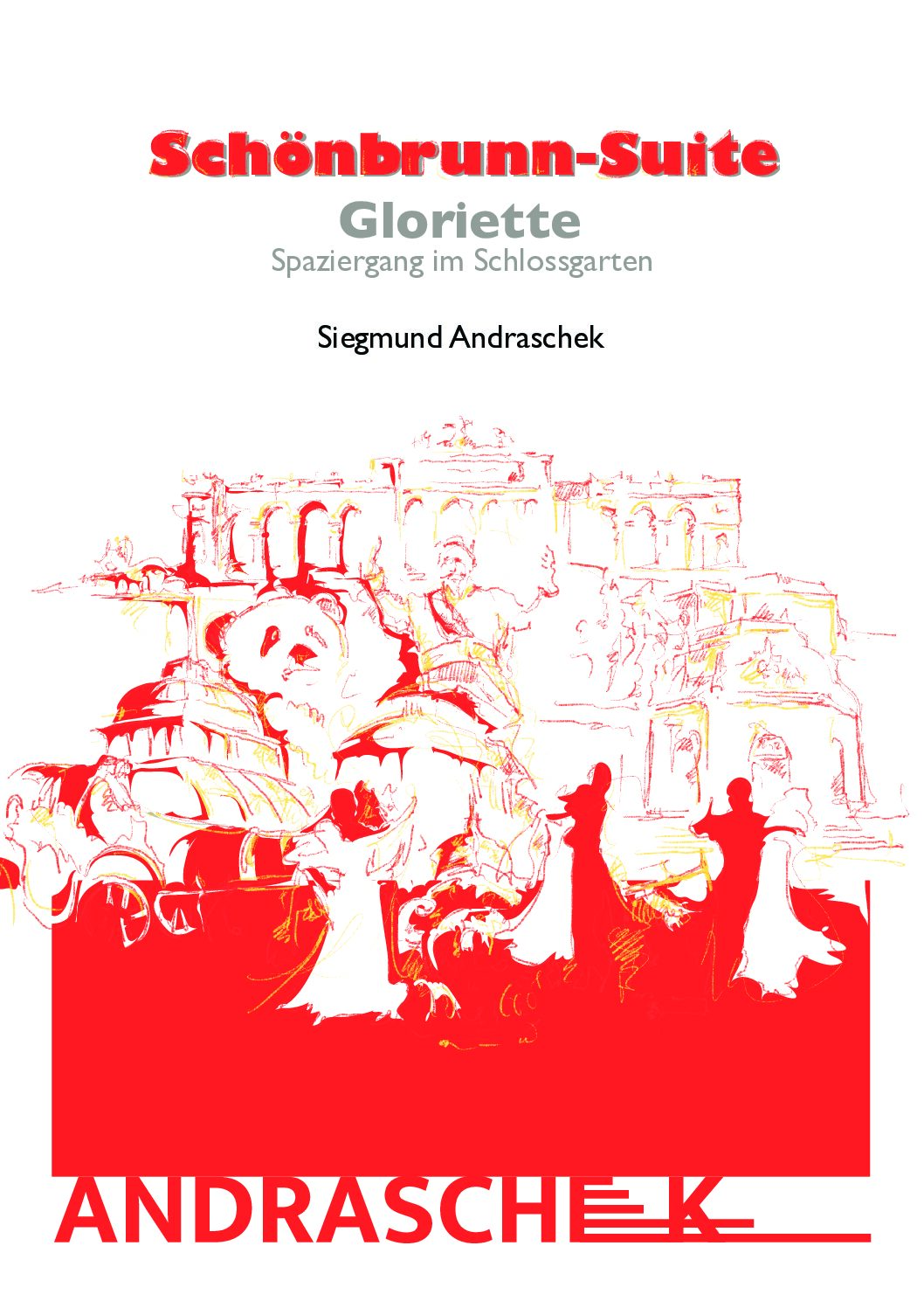- You cannot add another "Flat out" to your basket. View basket
Wiener Philharmoniker Fanfare
90,00 €
incl. VAT
You simply have to play this piece. Absolutely recommended as the opener of your concert!
Article number:
AND. 00065
Category: Wind orchestra
Description
The Vienna Philharmonic Fanfare was composed by Richard Strauss (1864-1949) for the Vienna Philharmonic Ball and premiered on March 4, 1924. The score is marked: “Dedicated to the lovely, wonderful Vienna Philharmonic.”
Richard Strauss is said to have been tempted in his statements about his instrumentation to “play down the complex connections between composing and instrumentation to a routine process primarily based on technical craftsmanship, which did not even begin to do justice to the very complex artistic processes involved in the preparation of the score.” (Aringer, Klaus)
Richard Strauss naturally devoted his life to the “art of instrumentation” with great devotion in order to be able to make his sound concept “visible” in the score – appropriately instrumented. He continued to develop and is one of those composers who have had a lasting impact on this area of the artistic process.
The aim in creating this arrangement should therefore be to "preserve" the original sound of the original instrumentation for 22 brass instruments and timpani as closely as possible. The woodwind players can therefore primarily "only" be given tasks to enrich the sound of the main voices. The "Austrian" traditional instruments (flugelhorn and tenor horn / baritone) - which are obligatory for this arrangement - find their special area of responsibility in supporting the horn, trumpet and / or trombone voices. For the registers mentioned, exact dynamic designations or articulation instructions are noted in the musical text, which - if performed successfully - should ultimately help to achieve the desired, optimal tonal color mix. Designations such as mfp (mezzoforte-piano) instead of fp (forte-piano) were therefore deliberately chosen. In summary, this should make it possible to bring out the full sound of the trumpet, horn and trombone parts despite the lack of instrumentation and to get as close as possible to the original sound.
Richard Strauss is said to have been tempted in his statements about his instrumentation to “play down the complex connections between composing and instrumentation to a routine process primarily based on technical craftsmanship, which did not even begin to do justice to the very complex artistic processes involved in the preparation of the score.” (Aringer, Klaus)
Richard Strauss naturally devoted his life to the “art of instrumentation” with great devotion in order to be able to make his sound concept “visible” in the score – appropriately instrumented. He continued to develop and is one of those composers who have had a lasting impact on this area of the artistic process.
The aim in creating this arrangement should therefore be to "preserve" the original sound of the original instrumentation for 22 brass instruments and timpani as closely as possible. The woodwind players can therefore primarily "only" be given tasks to enrich the sound of the main voices. The "Austrian" traditional instruments (flugelhorn and tenor horn / baritone) - which are obligatory for this arrangement - find their special area of responsibility in supporting the horn, trumpet and / or trombone voices. For the registers mentioned, exact dynamic designations or articulation instructions are noted in the musical text, which - if performed successfully - should ultimately help to achieve the desired, optimal tonal color mix. Designations such as mfp (mezzoforte-piano) instead of fp (forte-piano) were therefore deliberately chosen. In summary, this should make it possible to bring out the full sound of the trumpet, horn and trombone parts despite the lack of instrumentation and to get as close as possible to the original sound.
Additional information
| Instrumentation size Hier wählen Sie die “Konfektionsgröße” ihres Orchesters aus. J-Jugendorchester wachsend bis D-sehr großes Orchester. |
Germany |
|---|---|
| Length Hier können SIe eine Mindestzeit oder ein Zeitlimit definieren, das das Werk erfüllen muss. |
up to 3 minutes |
| Epoch Hier können Sie nach musikhistorischer Einteilung filtern. |
Modernism |
| Dining course Meine Empfehlung für den/die Zeitpunkt/e, an welcher Stelle im Programm das jeweilige Stück am besten wirkt. | |
| Cuisine Hier können Sie nach Genre filtern, ebenso grob auswählen, ob Sie österreichische oder internationale Literatur suchen. | Dieser Filter zeigt alle Werke an, deren Urheber:innen aus Österreich stammen. |
| Country |
Austria |
| Master chef Werke großer Komponisten |
Richard Strauss |
| Recommended playing level Spielniveau von 1 Anfänger bis 6 Profi. | |
| Included in download |
For individual parts see instrumentation in the product gallery ,Score |


